Owner of 17th-century Yorkshire farmhouse discovers its secrets during lockdown research
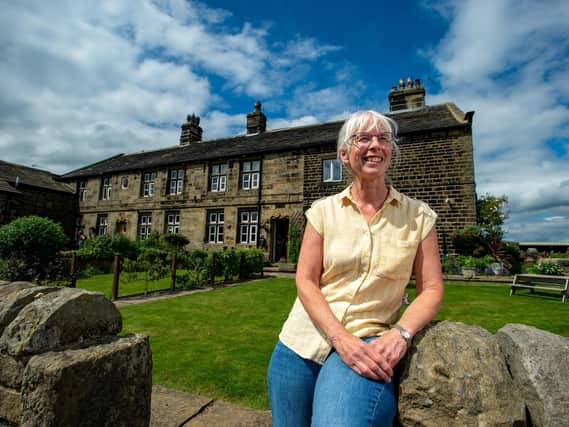

Elizabeth Bowen has lived at Hallas Hall Farm in Cullingworth, near Keighley, for 25 years. The property is part of a 17th-century farmhouse surrounded by barns that have been converted into cottages.
Elizabeth first began to delve into the history of Hallas Hall around 20 years ago, when she took her daughter, then aged 10, to Keighley Library to relieve school holiday boredom. They searched for census records relating to the house on microfilm, but later put the project on the backburner.
Advertisement
Hide AdAdvertisement
Hide Ad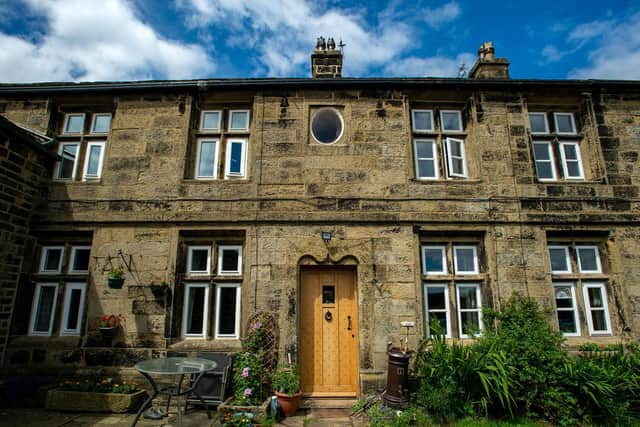

After retiring and with time on her hands during lockdown, Elizabeth - inspired by an Ancestry.com subscription and the BBC series A House Through Time - set to work to trace the lives of the farm's past inhabitants following a chance sighting in the local churchyard.
"The farmhouse is Grade II-listed, and we think that it was built for a yeoman farmer and then later converted to accommodate several families. I've always been interested in its history - it's such an old house and still has the mullioned windows. We know that the surrounding land was originally owned by the monks of Byland Abbey - Hallas is from the word 'hallows'.
"When I took my daughter to the library 20 years ago, we found some census information and made notes, but back then I didn't have the time to go any further with it. With retirement I've had more opportunities.
Advertisement
Hide AdAdvertisement
Hide Ad"I was on a walk with a friend in the local churchyard when I spotted a grave for three sisters named Jackson, whom the gravestone said had lived at Hallas Hall Farm. That was the first real connection I found and I then decided to look at the census records for 1871, 1881 and 1891 to find about more about this family."
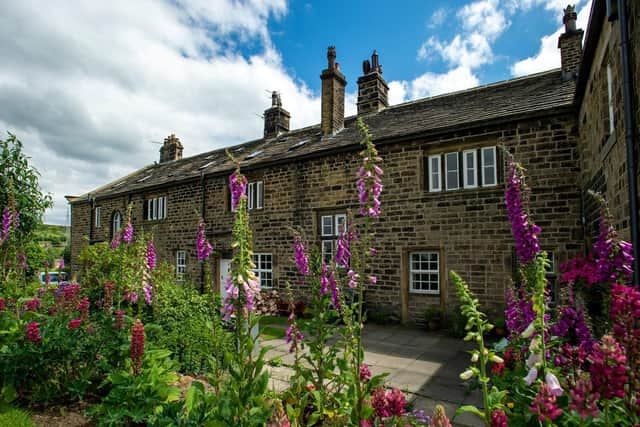

She discovered that the farm had probably been occupied by the Jacksons for longer than any other family or tenant farmer who had lived there. Samuel Jackson, the father of seven children, was a miner when he first arrived at Hallas Hall, as were his sons. Yet he was clearly ambitious and upwardly mobile, and Elizabeth discovered that he worked his way up to become a steward of the mine before turning to farming. He lived to at least the age of 79 despite his impoverished beginnings.
"The Jacksons had loads of children, and many of them worked in the mills and mines. I became fascinated by children working in mines, and I ended up going off on all sorts of tangents along the way!
"I found out that Samuel became a farm labourer, and every new discovery created another question. It's still very much a work in progress.
Advertisement
Hide AdAdvertisement
Hide Ad"Nearly everyone in the village then seemd to be a mill worker of farm labourer - there were lots of mills in Cullingworth back then. One of the Jackson daughters, Martha, disappeared from the census and I thought she'd died, but then I found her again - she'd married and was working as a servant to a mill owner called George Townend.
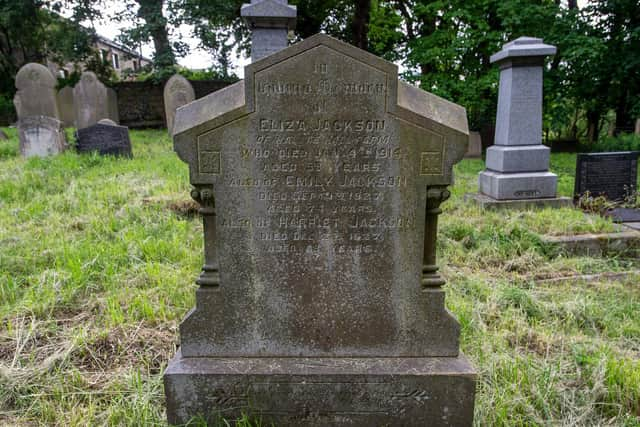

"The Jacksons were still at the farm after 1911. They arrived sometime between the 1851 and 1861 censuses, and stayed there longer than anyone else. From 1841, several families were living in the house and it was eventually subdivided. The walls were knocked through and stairways were added."
The next intriguing revelation was when she spotted that one of the 'families' was an unusual household - a 52-year-old widow living with 14 girls between the ages of 12 and 17. The woman's birthplace was listed as Manchester and the girls were all from Hull or Liverpool.
It turned out that the woman had been running a sort of hostel for girls working in a local mill.
Advertisement
Hide AdAdvertisement
Hide Ad"Back then, the mill owners would bring in poor children from workhouses and give them board and lodging, keeping most of their wages instead. That's one of the paths I've taken - why did these girls come from Hull and Liverpool? So I'm trying to trace them too."
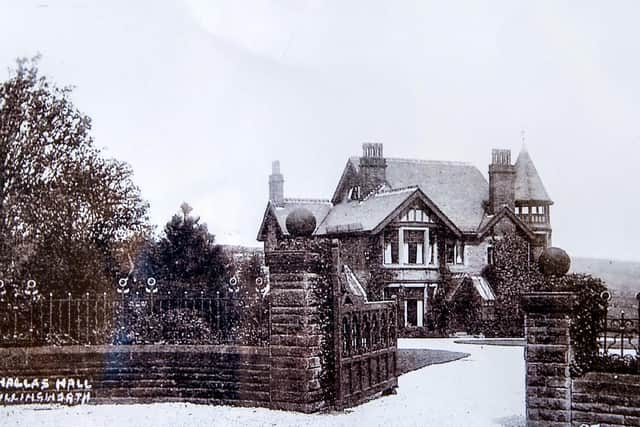

Elizabeth delved further back in time to the origins of the farm, which predates the house itself. Although Byland Abbey was in Ryedale, its monastic estate included many scattered parcels of land, most of which was confiscated by the Crown after the Dissolution of the Monasteries. Hallas Hall estate was given to the Tempest family, who lived at Bowling Hall in Bradford, and enclosed as a deer park for hunting.
"I found a book written by a historian called William Cudworth, who says that the house was built in the late 1600s or early 1700s. He said there was an earlier house about two fields away. There are the remains of a wall two fields away still there, although they don't seem large enough to be part of a house.
"I also found a document in Keighley Library which was dated 1494, and was a lease between the abbot of Byland and a farmer called John Hainworth, who was renting Hallas Hall's land."
Advertisement
Hide AdAdvertisement
Hide AdElizabeth now plans to study the 1939 register that was taken at the start of World War Two in lieu of a census to discover more about the farm's wartime use. She bought her own property from the Phillipson family, who were post-war dairy farmers. John Phillipson, who was born on the farm, still lives in one of the barn conversions today.
"I started out with just one family and it all stemmed from there really - the Jacksons really reflect what life was like at the time. They had so many children - every 18 months to two years there was another baby, another mouth to feed. It must have been so hard.
"A House Through Time was a bit of an inspiration. When we saw that they are coming to Leeds to film the next series, my daughters got so excited and suggested I put the farmhouse forward, but it does sound as if they very much want a house in Leeds itself. It would be great if they could do an offshoot on the history of more rural properties!"
Comment Guidelines
National World encourages reader discussion on our stories. User feedback, insights and back-and-forth exchanges add a rich layer of context to reporting. Please review our Community Guidelines before commenting.